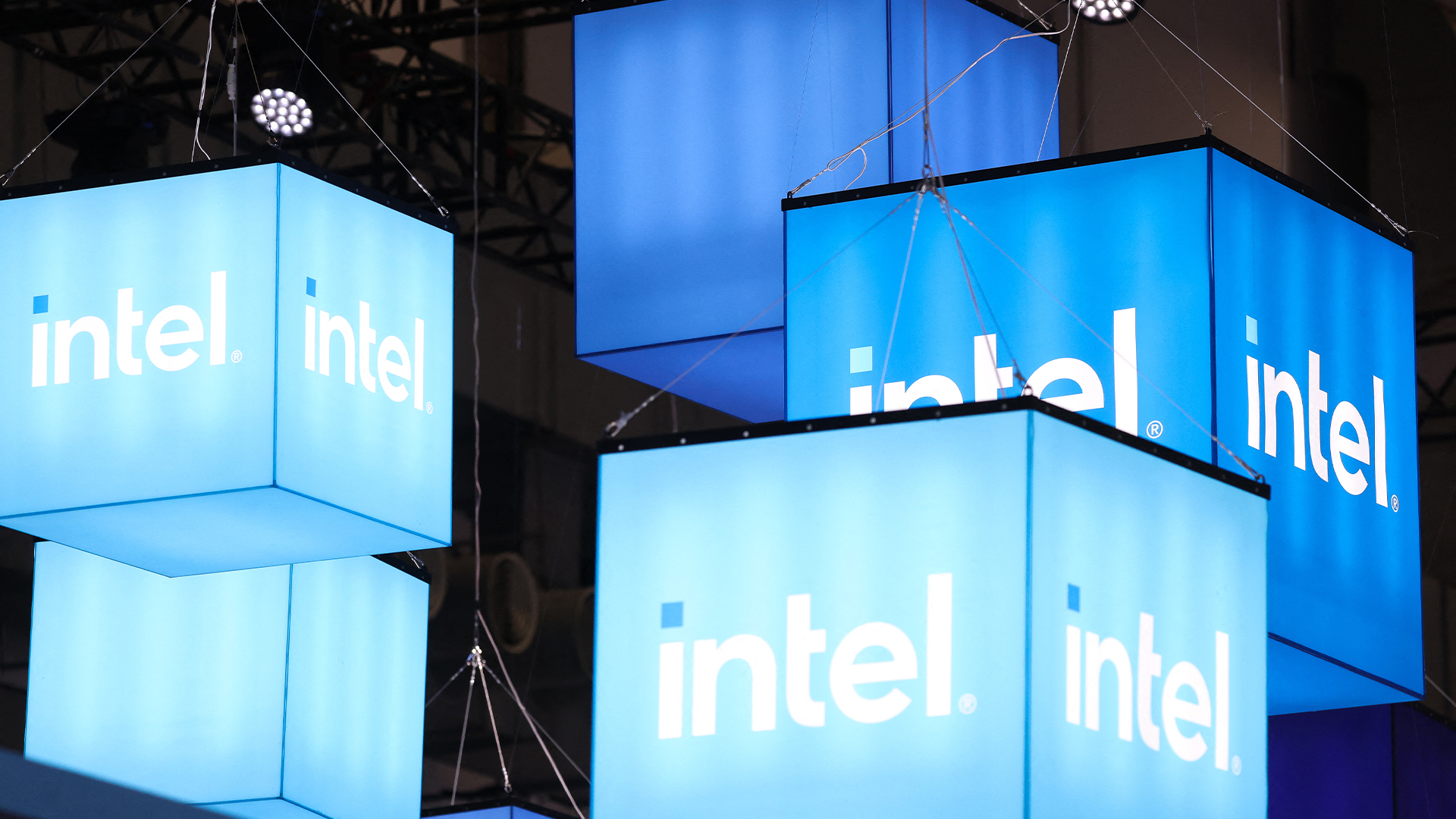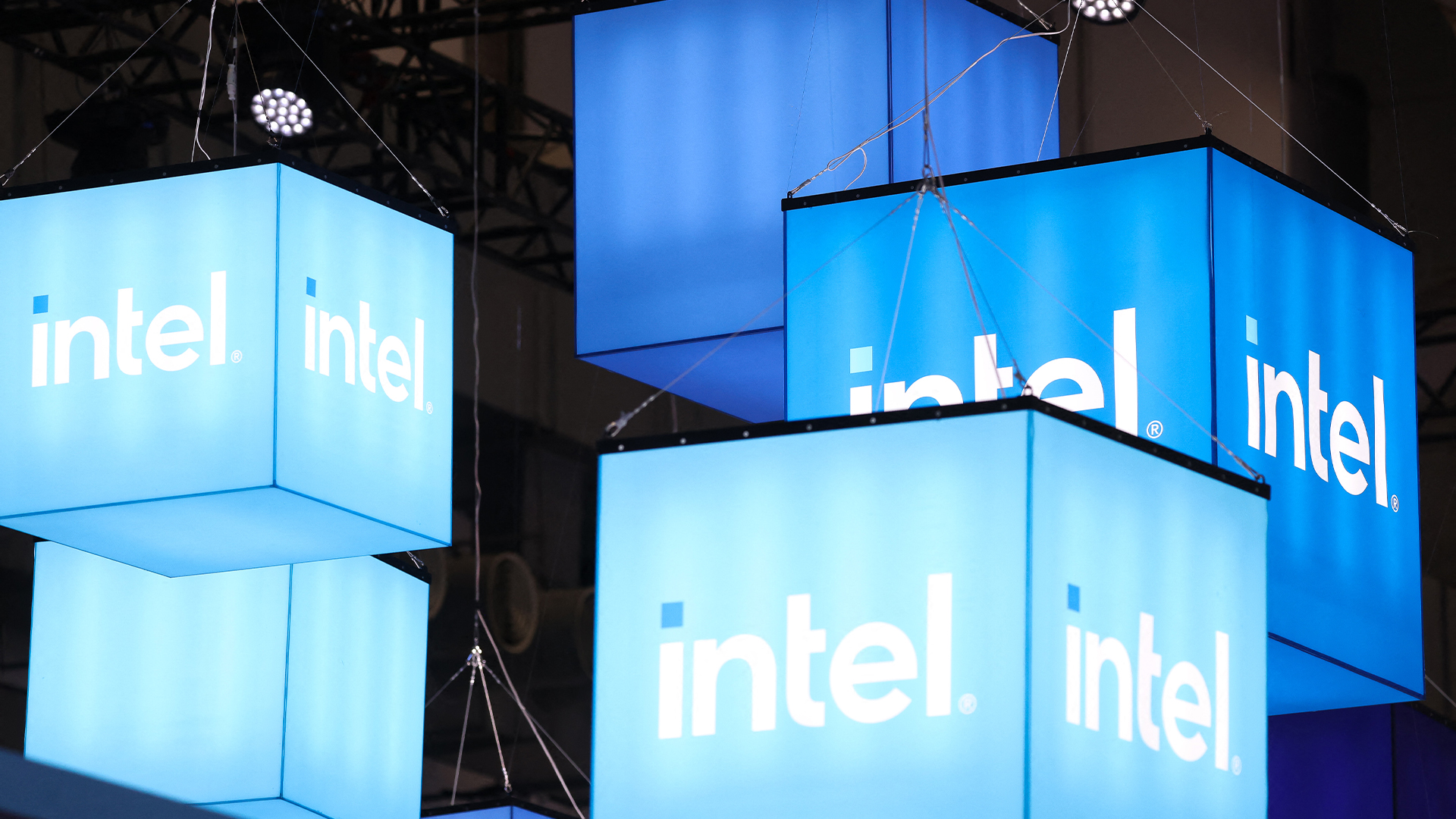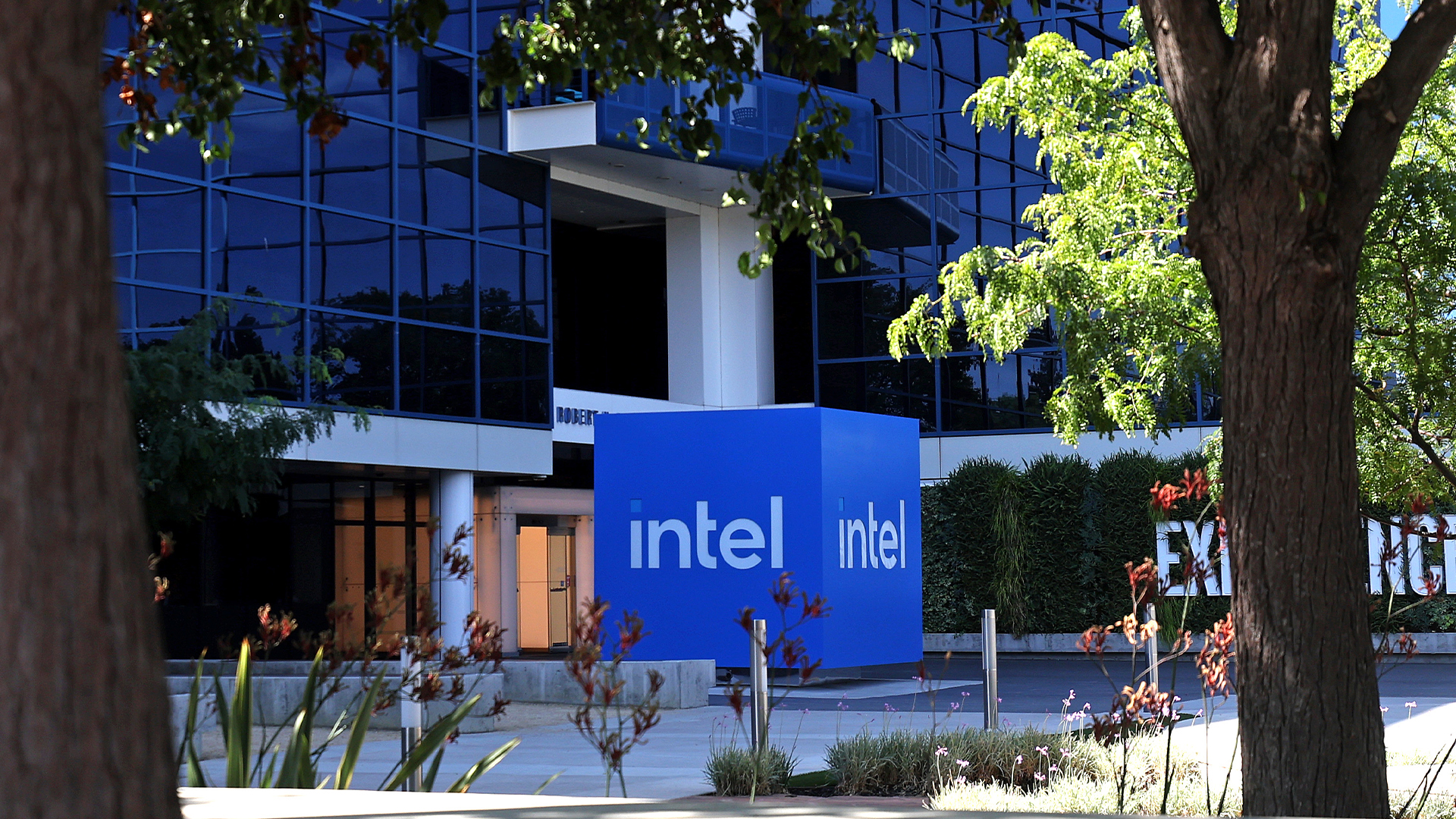ARM confident it can hold off Intel with big.Little architecture
Power efficiency and partners will be the key to smartphone market.

ARM is confident it will withstand a marketing onslaught from Intel, by focusing on delivering power efficient mobile chipsets and retaining high-profile customers.
The Cambridge-based manufacturer claims that although it expects Intel to make a big push in the mobile market, it has the partners to keep its lead.
"Our customers such as NVIDIA, Qualcomm and Samsung have big budgets to compete with Intel's marketing. At present we find that consumers are going with brands they recognise [Apple and Samsung] rather making a purchasing decision based on the chip inside," Nandan Nayampally, director of CPU product marketing told IT Pro.
Nayampally also rebuffed Intel's previous claims about Android not being optimised for multi-core chipsets. However, he did admit it was hard to judge which ARM-based chip on the market provides the best performance.
"Android is based on Linux, which has utilised multi-processing for a long time. The plethora of devices with multi-core are not an accident there are more and more apps utilising them to improve performance and efficiency," he said.
"ARM provides tools for manufacturers to create chipsets. Performance-wise you can get varying results everyone does their own tests and some chips will be better in some areas than others despite the difference in cores.
ARM aims to consolidate its position in the mobile market as partners ship devices with the big.Little architecture in early 2013, he added.
Get the ITPro daily newsletter
Sign up today and you will receive a free copy of our Future Focus 2025 report - the leading guidance on AI, cybersecurity and other IT challenges as per 700+ senior executives
The system will use a low-power Cortex-A7 core to run features less intensive task such as social media apps and audio playback.
Meanwhile, a Cortex-A15 chip will kick in when users need to run heavy duty applications such as web browsing, navigation and gaming. These chipsets can be combined to have dual-core and quad-core configurations.
-
 Bigger salaries, more burnout: Is the CISO role in crisis?
Bigger salaries, more burnout: Is the CISO role in crisis?In-depth CISOs are more stressed than ever before – but why is this and what can be done?
By Kate O'Flaherty Published
-
 Cheap cyber crime kits can be bought on the dark web for less than $25
Cheap cyber crime kits can be bought on the dark web for less than $25News Research from NordVPN shows phishing kits are now widely available on the dark web and via messaging apps like Telegram, and are often selling for less than $25.
By Emma Woollacott Published
-
 The gloves are off at Intel as new CEO plots major strategy shift
The gloves are off at Intel as new CEO plots major strategy shiftNews Intel’s incoming CEO has some big plans for the firm’s business strategy, sources familiar with the matter have told Reuters, with more job cuts looming on the horizon.
By George Fitzmaurice Published
-
 Intel just won a 15-year legal battle against EU
Intel just won a 15-year legal battle against EUNews Ruled to have engaged in anti-competitive practices back in 2009, Intel has finally succeeded in overturning a record fine
By Emma Woollacott Published
-
 AMD and Intel’s new x86 advisory group looks to tackle Arm, but will it succeed?
AMD and Intel’s new x86 advisory group looks to tackle Arm, but will it succeed?News The pair will look to make x86 CPU architecture more interoperable
By George Fitzmaurice Published
-
 Why the world is about to be swamped with AI PCs
Why the world is about to be swamped with AI PCsNews With adoption rates set to surge, AI PCs will become far more mainstream in years to come
By Nicole Kobie Published
-
 Intel needs to “get its story right” to turn things around and capitalize on the AI boom
Intel needs to “get its story right” to turn things around and capitalize on the AI boomAnalysis Intel has entered a period of uncertainty after announcing restructuring plans and a huge round of layoffs
By George Fitzmaurice Published
-
 How monitors deepen your employee experience and support your distributed workforce
How monitors deepen your employee experience and support your distributed workforcewhitepaper Drive business outcomes by empowering, enabling, and inspiring employees with the right monitors wherever they work from
By ITPro Published
-
 Forrester: Power up your hybrid workplace with monitors
Forrester: Power up your hybrid workplace with monitorswhitepaper Evolve remote work policies into work-and-learn-from-anywhere strategies
By ITPro Published
-
 Driving employee experience and productivity across industries
Driving employee experience and productivity across industrieswhitepaper Monitors are an imperative in the hybrid era
By ITPro Published